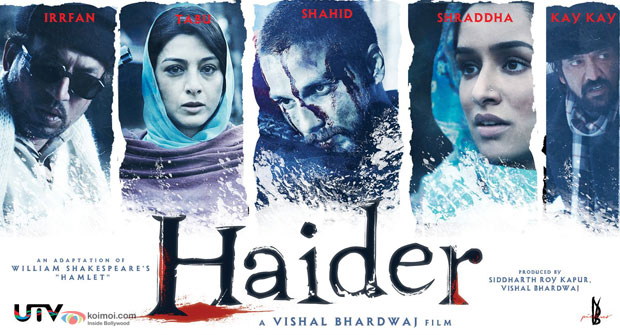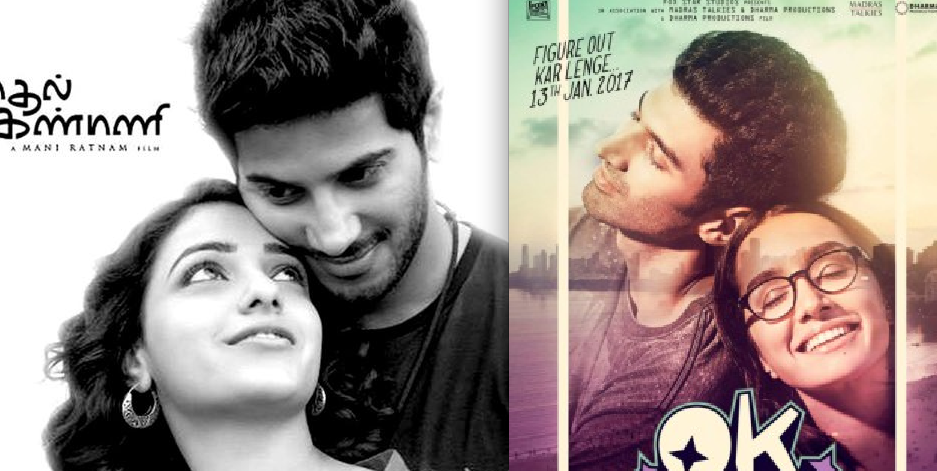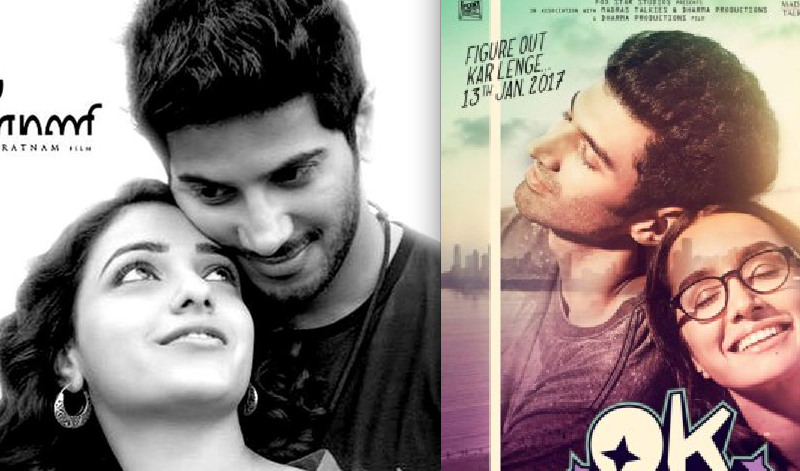In Defense of Movie Remakes: Or, why remaking films is good for storytelling
Movies are remade into other movies all the time. And perhaps nowhere is this transformation implemented with more frequency than in India, where foreign films are reinterpreted for domestic audiences, and Indian films of one language are remade into another.
Remaking Films in India
Examples of the former group include Life in a…Metro (2007) and Rocky Handsome (2016). The first draws its inspiration from the American film The Apartment (1960) and the British film, Brief Encounter (1945), and the latter from the South Korean film, The Man from Nowhere (2010). In the second category, you’ll find examples such as the recent Hindi film, Ok Jaanu (2017), which is a remake of the Tamil film, Ok Kanmani (2015).

Film remaking happens so often in India that unfortunately, some critics cite this trend in their claims that Indian cinema lacks some of the creativity seen in film industries abroad. I, however, think that this claim, which permeates Netflix reviews, for example, is wrong.
Rather, I think the remaking of films is a notably creative endeavor, one that requires finding the essence of an existing story in order to relay it to a new audience, a new audience with different experiences and from different cultures.
Further, I don’t think that approaching a story from more than one angle ruins it. Rather, I think it simply allows a story’s more fundamental ideas to shine through a new prism.
What Shakespeare can tell us…
In support of this claim, I turn to the great bard himself, Mr. William Shakespeare, whose work is a constant focus of artistic reinterpretation. Take the play, Hamlet, for example.
Hamlet shows up in a lot of places, including in film. In recent memory, there was the version with Mel Gibson (1990), where Hamlet’s predicament unfolds in a castle, likely a reflection of the historic context within which the tale is originally set. Then there was the visually stunning Kenneth Branagh version (1996), with Hamlet running around a 19th Century-looking palace. And then there was Vishal Bhardwaj’s Haider (2014), where his iteration of Hamlet faces his existential crisis in 1990s Kashmir.

With each version of Hamlet, I learn something new about the character. I see him through a new lens, tempered by a new director, for a new audience, for a different context. And what better way is there to unearth his story’s universal themes? Through remakes, Hamlet sheds his Danish origins and becomes an archetype.
If Hamlet’s long career across many mediums and different languages tells us anything, it’s that his story, including the many others explored repeatedly in film, contains something that is universally relatable, something that resonates with audiences regardless of where (or when) they come from, or what languages they speak.
And this last point about audience brings me to another point, one that has nothing to do with the above-implied ability of films to illuminate a universal humanity (which, by the way, was a common theme touched upon during the 2017 Oscar Awards, such as by Meryl Streep and Asghar Farhadi).
Widening the Audience
Remaking films allows a wider audience to enjoy a good story, to find entertainment in a tale that entertained others before them. With this in mind, it makes sense that the remaking of films is so common in linguistically diverse India.
In an earlier post, I explored how South Asia’s geography and history has gifted it a myriad of different languages. In another post, I looked at how this linguistic diversity is reflected in not just one, but rather many film industries throughout India. They produce in Hindi, Malayalam, Kannada, Tamil, English, Bengali, and Punjabi to name just a few.
I don’t think it’s a stretch to think that many of the themes addressed in a Tamil movie may also resonate with an audience that watches movies in Hindi. Of course there are cultural differences across linguistic groups, but there is also so much shared within the wider Indian culture.

With this in mind, it seems no wonder that filmmakers in different industries want to reproduce great stories in languages more approachable to their intended audiences. And with each linguistically different industry supporting acting superstars of its own, it’s also no surprise that subtitles sometimes just don’t cut it.
More broadly, no one knows all of the world’s languages. So we’re all missing out, in one way or another, on some really great stories, prevented from understanding them by the barriers of geography and language. Film remakes are often our best chance at accessing some of those great stories.
For those who love the American film, The Departed (2006), for example, we have the Hong Kong film industry, and specifically the film, Infernal Affairs (2002), to thank for its original conception. For those who love the Indian film, Bang Bang! (2014), they can look to the American film Knight and Day (2010) for its inspiration.
Expanding Accessibility
Remakes are important because seeing an original is not an easy option for everyone, especially if that original is from another country. It requires Internet access, time, money, a polyglot’s mind or the literacy to read subtitles (if they’re even available), and so much more. In short, for many people, a movie remake is not a remake; it’s just a movie.
So if a remake allows a great story to reach more people, if it helps them laugh, if it helps them gain new perspectives, or escape the distractions of the outside world, even if just for a bit, I think the more remakes the better.
Sure, I think Shakespeare would rather have people watching the play, The Taming of the Shrew than watching the American film 10 Things I Hate About You (1999), or rather have people watching Othello than watching the Indian film, Omkara (2006), but I also like think that he’d at least be happy that the ideas he explored in those plays were reaching, and resonating with, wider audiences than they otherwise would have. I think this logic is the same for the remaking of films.
